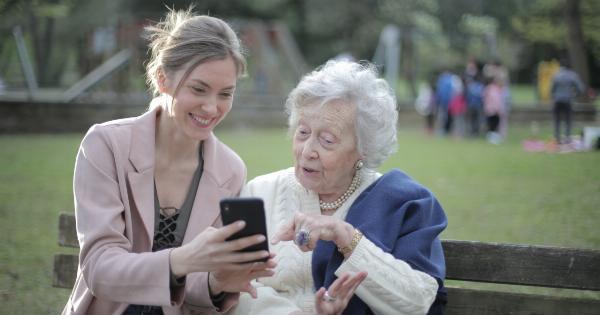Obesity has emerged as a global health crisis, affecting millions of people around the world. According to the World Health Organization, obesity rates have tripled since 1975, with nearly 2 billion adults being classified as overweight.
The consequences of obesity are dire, leading to various health problems such as heart disease, type 2 diabetes, and certain cancers. In addition to the physical toll, obesity also has a significant economic impact, with healthcare costs soaring and productivity levels decreasing.
The Multi-Faceted Causes of Obesity
Obesity is a complex condition that does not have a single cause. It arises from a combination of genetic, environmental, and behavioral factors.
One of the primary contributors to obesity is an unhealthy diet characterized by the excessive consumption of processed foods, sugary beverages, and high-fat meals. Sedentary lifestyles, marked by a lack of physical activity, are another significant factor. Additionally, genetic predisposition, socio-economic status, and psychological factors such as stress and depression can also contribute to weight gain.
The Role of Education in Tackling Obesity
Education plays a vital role in combating obesity at an individual and societal level. By equipping people with knowledge about nutrition and healthy eating habits, we empower them to make informed choices about their diet.
Schools can also integrate physical education programs and encourage participation in sports and outdoor activities, fostering a culture of regular exercise. Furthermore, educating the general public about the health risks associated with obesity can help increase awareness and promote preventive measures.
Community Initiatives and Support Networks
In the face of rising obesity rates, numerous community initiatives and support networks have emerged to provide assistance and guidance to individuals struggling with weight management.
These programs often involve group activities, such as exercise classes, cooking workshops, and support group meetings. By fostering a sense of community and providing social support, these initiatives create an environment where people feel motivated and encouraged to make healthier choices.
The Importance of Government Policies
Government policies play a crucial role in addressing the obesity crisis.
By implementing regulations that promote healthier food options, such as imposing taxes on sugary beverages or labeling requirements for packaged foods, governments can influence consumer choices and encourage the food industry to produce more nutritious products. Additionally, urban planning can prioritize the development of pedestrian-friendly infrastructure and accessible recreational spaces, making it easier for individuals to engage in physical activities.
The Role of Healthcare Professionals
Healthcare professionals, including doctors, dietitians, and psychologists, have a critical role to play in fighting obesity. By providing personalized guidance and support, these professionals can help individuals develop sustainable lifestyle changes.
They can offer nutritional counseling, create tailored exercise plans, and address the underlying emotional factors that contribute to overeating. Furthermore, early intervention through routine check-ups and screenings can help identify weight-related issues at an early stage, enabling prompt action.
Corporate Responsibility and Workplace Wellness
Corporations also have a role to play in addressing obesity. By promoting workplace wellness initiatives, companies can encourage their employees to adopt healthier lifestyles and create environments that support physical activity.
This can include providing access to fitness facilities, offering healthy meal options in cafeterias, and implementing policies that promote work-life balance, reducing stress levels. Moreover, companies can contribute to community outreach programs and public health campaigns, demonstrating their commitment to fighting obesity.
Technology as a Tool for Behavioral Change
In recent years, technology has emerged as a powerful tool in the fight against obesity.
Smartphone applications and fitness trackers enable individuals to track their daily activity levels, monitor their diet, and receive personalized recommendations based on their goals. Virtual communities and online support groups provide a platform for individuals to connect with others on a similar journey and share experiences.
Additionally, telemedicine allows healthcare professionals to remotely monitor patients’ progress and provide guidance, making access to expert advice more convenient.
The Importance of Cultural Sensitivity
Addressing obesity requires a culturally sensitive approach that acknowledges the diverse factors that influence dietary choices and physical activity levels.
Different cultures often have unique dietary preferences and traditional practices that need to be taken into account when designing interventions. By involving community leaders and tailoring health promotion strategies to specific cultural norms and beliefs, we can create interventions that resonate with individuals and ensure their long-term success.
The Need for Long-Term Sustainability
To effectively combat obesity, interventions must be sustainable in the long term. Temporary solutions or quick-fix diets are not effective in achieving lasting weight management.
Instead, we need to focus on promoting lifestyle changes that individuals can maintain over time. This requires continuous support systems, ongoing education, and a shift in societal attitudes towards health and well-being. By investing in sustainable strategies, we can create a healthier future for generations to come.































